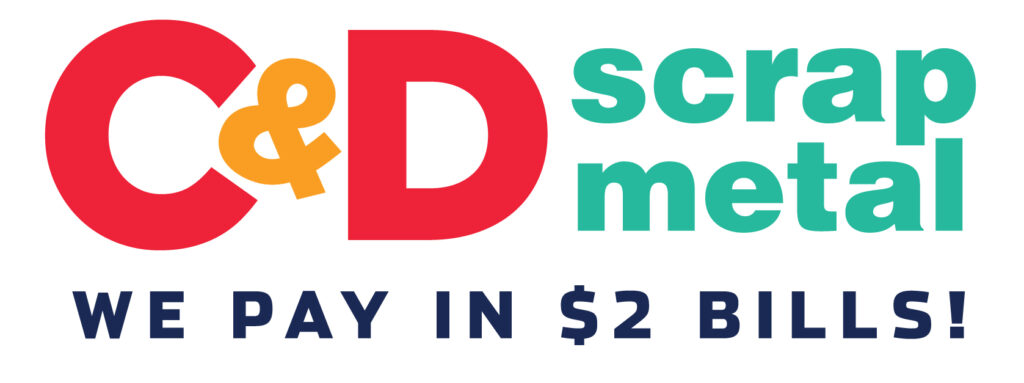
Got leftover copper from your latest home improvement project or old electronics sitting around? If you’re unsure what to do with that scrap copper, we’re here to guide you through everything you need to know about recycling copper with C&D Scrap Metal.
At C&D, we make the process easy, quick, and rewarding. Not only can you clear out unwanted materials, but you can also earn some extra cash. Plus, recycling copper is a great way to help the environment.
This guide will help you understand not only what scrap copper is but also the differences between type 1 vs type 2 copper scrap and how to maximize your recycling efforts to net top dollar for your materials!
Understanding Scrap Copper
So, what exactly is scrap copper? In simple terms, scrap copper refers to any copper material that is no longer needed, typically from construction, plumbing, or electrical work.
It can include:
- Old Wiring: Electrical cables and connectors replaced or removed during renovations.
- Plumbing Pipes: Copper pipes that are no longer in use, often due to upgrades or repairs.
- Copper Scrap from Appliances: Components from appliances like air conditioners and refrigerators.
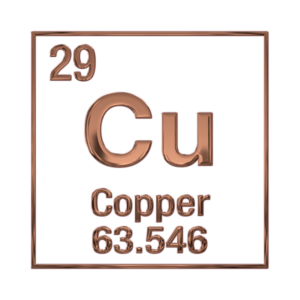
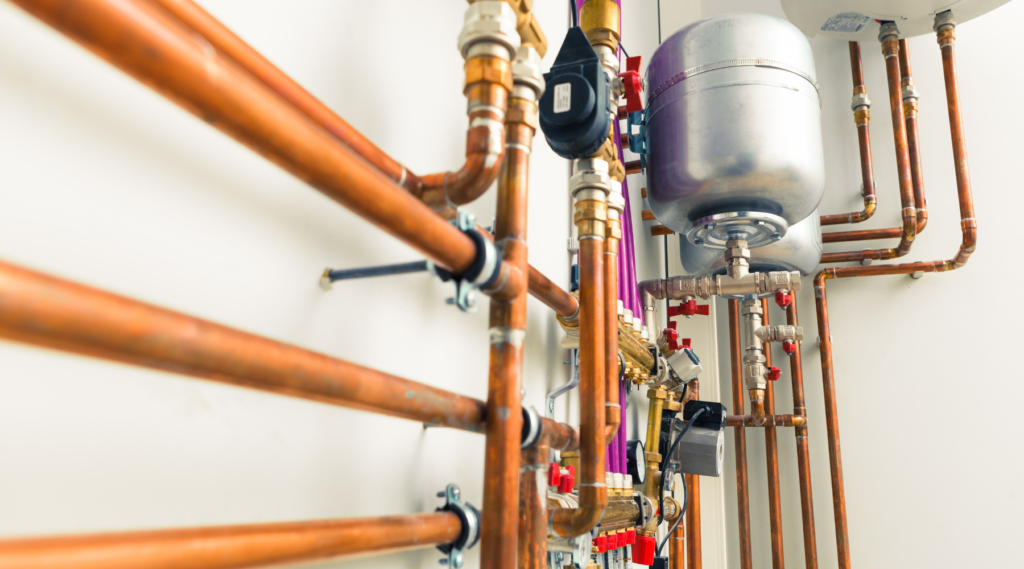
Types of Copper for Recycling
Copper is one of the most valuable metals for recycling, but not all copper is created equal. Let’s break down some common types of copper scrap you’ll find and what makes each one unique in the recycling process:
- Bare Bright Copper
This is the top-of-the-line copper scrap, often called “bright and shiny.” It’s pure, unalloyed copper wire that’s been stripped of any insulation. Since it’s free from any contamination, it’s the highest-paying copper scrap. Electricians and contractors often bring this in after stripping wire from renovations or construction projects. - #1 Copper
#1 Copper is another high-grade type, though it may have slight oxidation or discoloration. It includes thicker, uncoated copper pipes and wires without too many impurities. You’ll typically see this type in plumbing and construction scrap, making it another sought-after option for recyclers. - #2 Copper
Slightly lower in value, #2 Copper includes items with a bit more wear and tear, like pipes with some solder, wiring with minor attachments, or pieces with a bit of oxidation. It’s still valuable, but recyclers will pay a bit less since it needs more refining. - Insulated Copper Wire
This is copper wire with insulation still intact. You’ll often find it in household wiring, electronics, or appliances. The insulation reduces its value, as it requires more work to extract the pure copper underneath. However, certain types, like high-grade insulated wire, still fetch a good price. - Sheet Copper
Sheet copper is made up of larger, flat pieces, often from gutters, downspouts, or old roofing materials. It’s typically unalloyed, so it still has decent value, but it may have a little more wear, so it ranks just below higher grades like bare bright. - Copper Alloys (like Brass or Bronze)
Not pure copper but worth mentioning—copper alloys include brass and bronze, which mix copper with other metals like zinc or tin. While they don’t reach pure copper prices, they’re still valuable in the recycling world.
In general, the purer and cleaner the copper, the higher the payout. Removing any insulation or contaminants (like solder or connectors) makes it easier for recyclers to process and increases the value of your scrap.
Types of Copper Found in Scrap
You might wonder—what type of copper scrap can you recycle? Here are some common types:
The Recycling Process of Scrap Copper
Recycling scrap copper involves several steps, blending manual work with advanced technology to ensure maximum recovery and sustainability.
- You Bring It to C&D: Start the process by bringing your copper scrap to our facility. Our friendly team is ready to assist you!
- Initial Inspection and Sorting: We assess the quality and type of copper scrap.
- Cleaning and Preparation: Insulation is removed from copper wires, and contaminants are cleaned to enhance their value.
- Shredding and Separation: Larger pieces are shredded to facilitate the separation of different metals and materials.
- Metal Purification and Preparation: The copper is purified to meet industry standards before it’s sold to manufacturers.
- Repurposing into New Products: The recycled copper is transformed into new products, contributing to a sustainable future and reducing the need for raw materials.
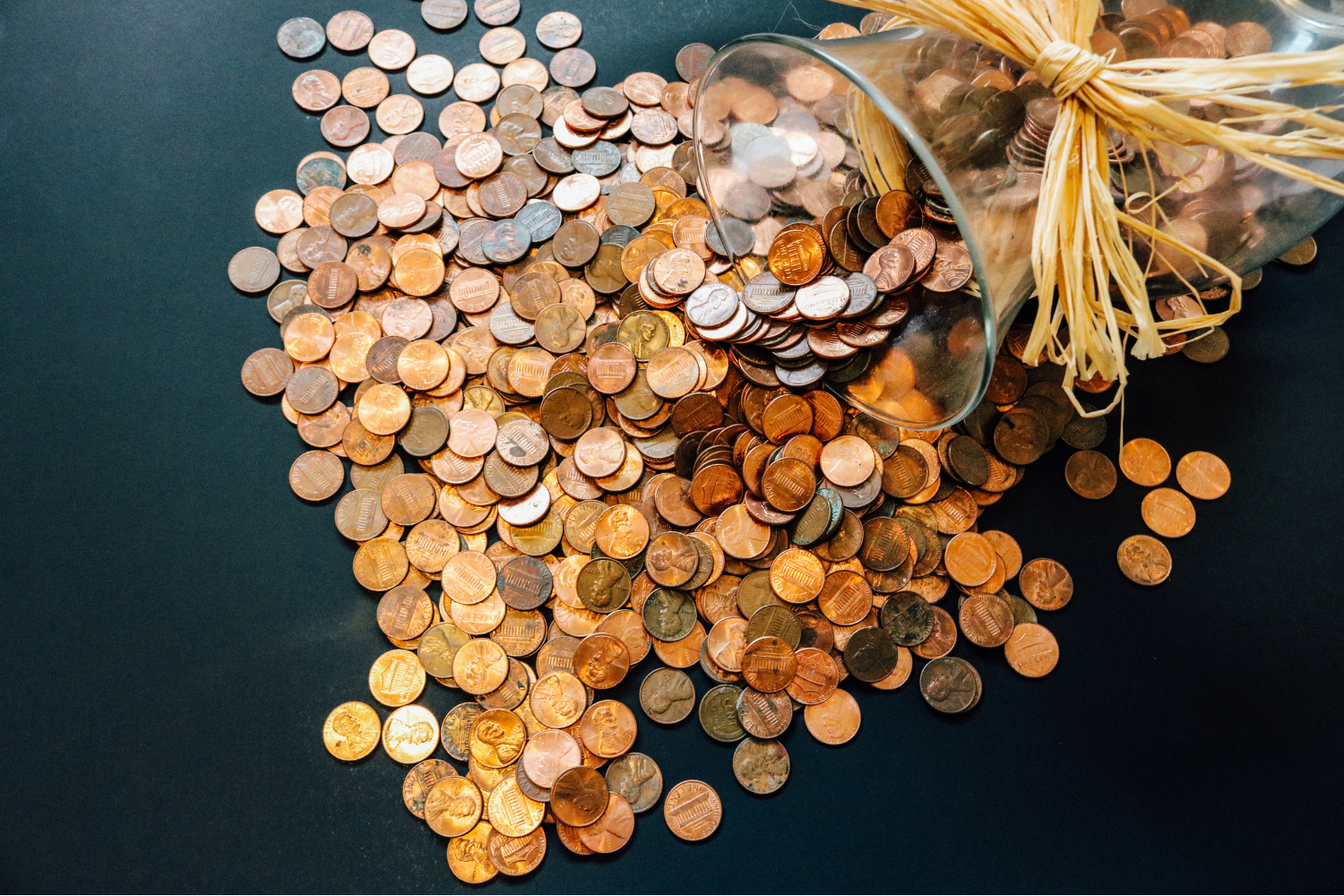
Benefits of Recycling Copper with C&D
One of the biggest advantages of choosing C&D is how straightforward and hassle-free we make the entire process. From the moment you contact us, we handle everything:
- Simple Assessment and Quote: We provide a quick and accurate assessment of your copper scrap and offer a competitive quote.
- Flexible Scheduling: We work around your schedule to arrange for drop-off or pick-up of your materials.
- Quick & Easy Payout: Get paid fast and on the spot based on the weight of your scrap.
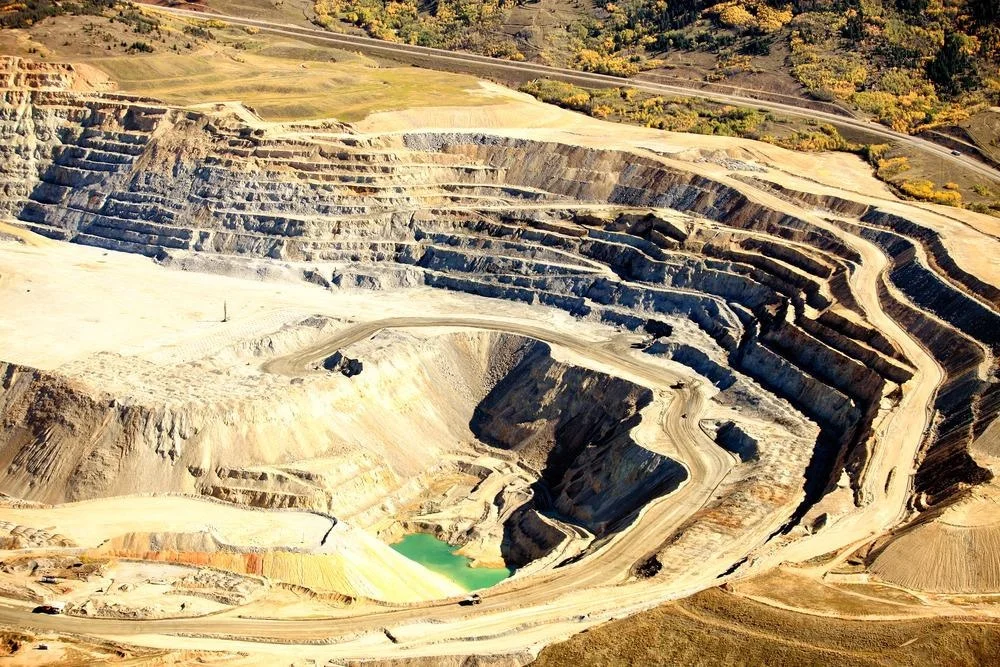
Environmental Advantages of Recycling Copper
Recycling your copper with C&D isn’t just beneficial for your wallet; it’s great for the planet too. Here’s how:
- Resource Conservation: Recycling copper helps conserve natural resources, reducing the need for new mining and extraction.
- Energy Savings: Processing recycled copper uses significantly less energy compared to extracting and refining virgin copper ore.
- Pollution Reduction: Proper disposal and recycling of copper prevent harmful substances from entering the environment.
Before You Bring Us Your Copper Scrap
A little preparation can significantly enhance your recycling experience. While we’re happy to accept your copper as-is, taking a moment to get it ready can streamline the process and potentially increase your payout. Here are a few simple steps to help your copper shine:
- Sort Your Copper Types: If you have different types of copper—like bare copper wire, insulated copper, or copper tubing—separating them before drop-off can speed up the recycling process and may help you secure a better price.
- Quick Clean-Up: If time permits, give your copper a quick clean. Removing any dirt, grease, or insulation can enhance the value and make it easier for us to process.
- Eliminate Non-Metal Components: Check for any plastic, rubber, or other non-metal attachments. If possible, remove these extras. This not only helps us process your scrap more efficiently but could also mean more cash in your pocket.
How Scrap Metal Prices Are Set
Ever wondered why scrap metal prices fluctuate? Here’s a quick breakdown of what determines the copper scrap price:
- Type and Quality: The cleaner and purer your metal, the more it’s worth. Think of it as the VIP treatment—quality matters!
- Market Demand: Scrap prices move with the market. If demand for copper is high, your payout could skyrocket.
- Quantity: The more metal you bring in, the better your rate. Bigger hauls often mean better deals.
- Processing Costs: Sorting, cleaning, and transporting scrap take time and resources. While you get paid, these factors also play into the final price.
By following these tips and knowing how pricing works, you’ll be ready to get the most out of your household metal recycling!
